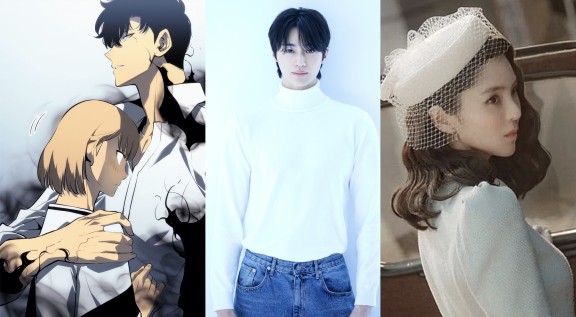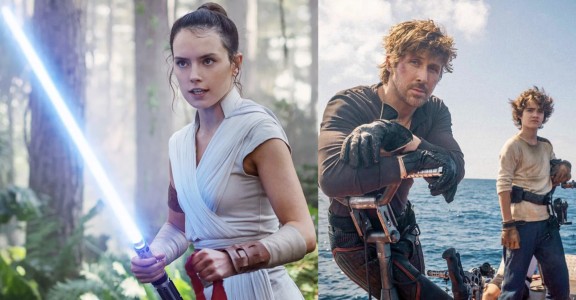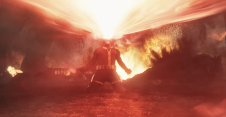
Peter Cushing might have gained wide recognition for his Hammer Studios horror movies alongside Christopher Lee, but he was also recognized as Grand Moff Tarkin in George Lucas’ first Star Wars movie, A New Hope. While he only did one film for the franchise after his character died when Luke Skywalker (Mark Hamill) destroyed the Death Star, he was once again seen in Gareth Edwards’ 2016 film Rogue One: A Star Wars Story through the use of motion capture over the performance of Guy Henry following his demise in 1994, aged 81. However, several years later, Disney and Lucasfilm were sued for using Cushing’s image in Rogue One.
Tyburn Film Productions, a London-based film company that is said to own Cushing’s likeness, alleged that using Cushing’s digitally recreated image in Rogue One breached a contract they had before the actor died. The company asserted that its agreement with the late star granted it veto power over the recreation of his image using special effects.
The Times also reported that the studio’s lawyers previously claimed that an agreement was originally made for Cushing’s planned appearance in a TV film that was never made. However, in a ruling on Monday in London, where the lawsuit was filed, Deputy High Court judge Tom Mitcheson KC ordered the case to go to trial and stressed the issue was not “arguable” and a “full actual inquiry” was needed, though he seemed to be unconvinced that Tyburn Film Productions would win.
Disney has been known for using digital effects to continue featuring the images of its late actors. In Star Wars’ case, Carrie Fisher still managed to be part of J.J. Abrams’ 2019 film Star Wars: The Rise of Skywalker through CGI and unused earlier footage three years after her demise in 2016.
The company had also switched to using an AI version of James Earl Jones’ iconic voice to be again heard in the 2022 Disney+ series, Star Wars: Obi-Wan Kenobi. Jones, described as "one of the greatest actors in American history," died this week. He was 93.

Lucasfilm Emphasizes Its Rights to Use Peter Cushing’s Image in Rogue One: A Star Wars Story
In 2019, the company claimed that Lunak Heavy Industries, which Disney owned and produced Rogue One, and Lucasfilm received “unjust enrichment” from using Cushing’s image without its permission. However, Lunak and Lucasfilm explained that they didn’t think approval was still needed to recreate Cushing’s likeness under the terms of his contract for A New Hope, emphasizing that they owned the rights to use his image from the original movie.
They also said they had reached an agreement with Cushing’s estate, paid a fee to use his image, and received his family's blessing. The two companies tried to throw out Tyburn Film Productions’ claim, but a judge rejected them in December 2023. They also launched an appeal at a hearing in London earlier this year, but the High Court rejected it. The trial will take place at a later date.
After his first appearance in A New Hope, Cushing’s image was later used in various video games, animated series, and other media. However, it was only when his likeness was used in Rogue One that a legal issue arose.






